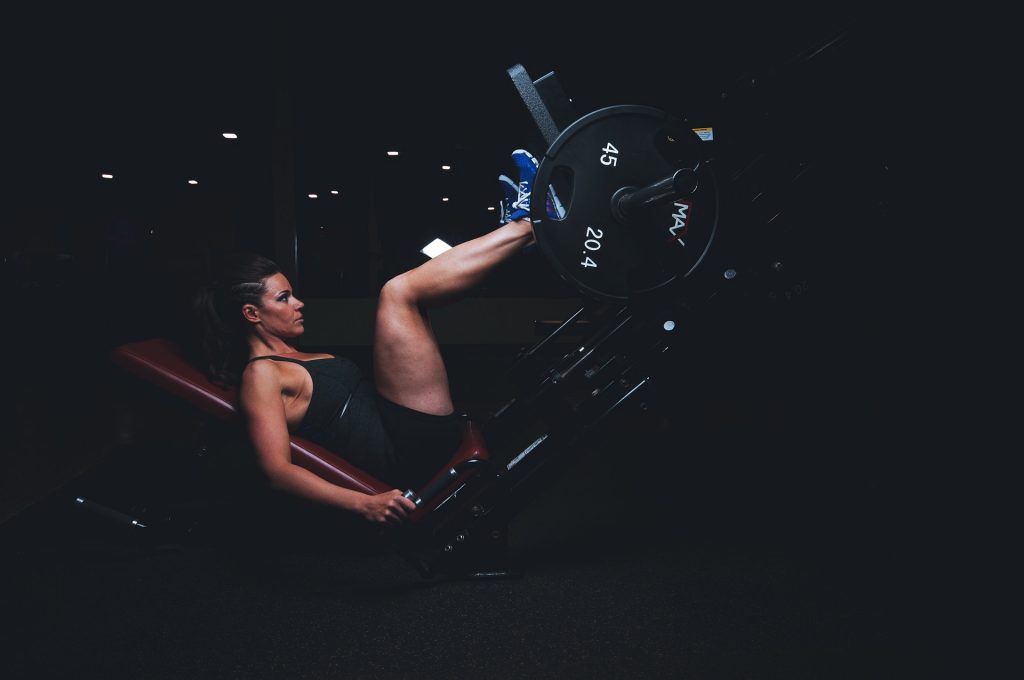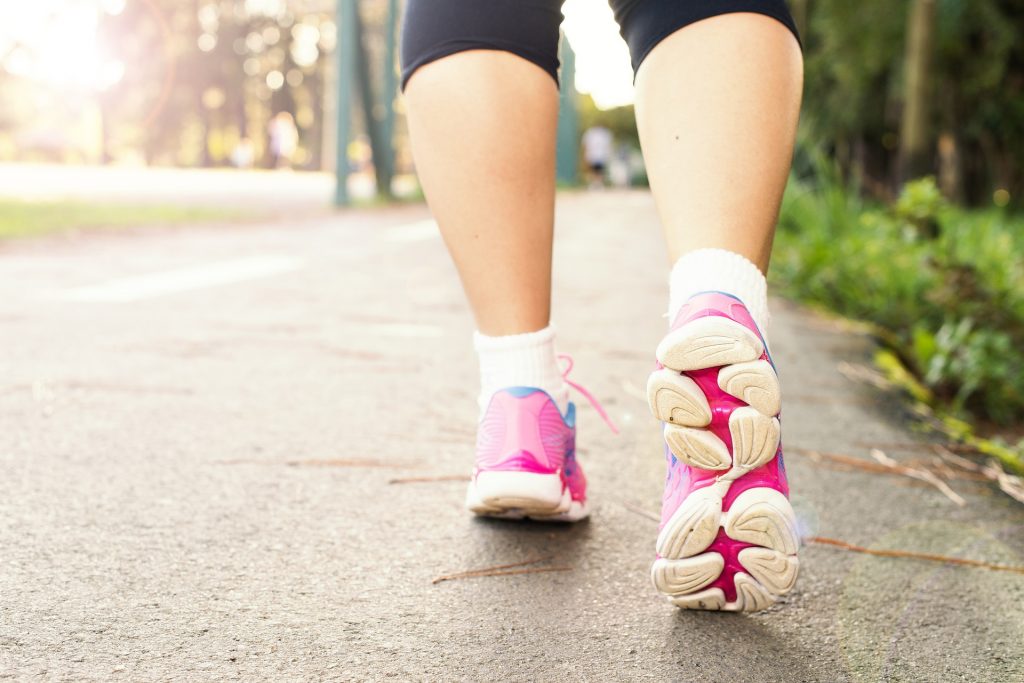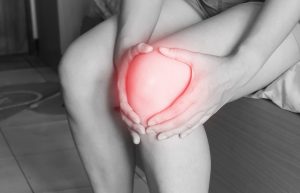Talk to anyone who has had a knee replacement, and they’ll tell you that there are 2 keys to a successful procedure.
The first is prepping for the surgery and going into it as strong as possible. This is all about getting your body prepared for what it’s about to undergo. Tissues will be cut and asked to heal on the other side of the operation, and the stronger and healthier they are going in, the better they will recover afterward. Pre-op exercises will be prescribed, certain medications might be temporarily suspended, and emotional counseling may be necessary.
The second, and critical, factor that impacts a knee replacement is the active rehab immediately following the surgery. A brand new knee does you no good if the muscles that operate the joint are not fully functional. The soft tissue around the joint not only needs to be strengthened, but an effective rehab program also reinforces a healthy nerve-muscle connection. You essentially need to teach your muscles how to work effectively across a structure with an upgraded joint space.

Your chiropractic adjustment is a lot like a knee replacement in that you can greatly influence its effectiveness by what you do before and after it is delivered.
In the case of acute injury, you don’t have the advantage of preparing for a specific date, as you would with a scheduled surgery. Wellness adjustments on the other hand, are typically arranged on a more predictable schedule. In either case, instilling some healthy habits can always keep you in the best shape to be your most receptive to an adjustment.
The most important thing you can do pre-visit to prepare your body for an adjustment is to maintain an active lifestyle. When muscles are accustomed to being contracted, stretched, and generally put through an extended range of motion, they are much more receptive to the force applied by an adjustment. Supple, flexible muscles allow for greater joint mobility, resulting in a more effective adjustment. In addition, they are less prone to soreness or tension following your visit.
I’ve often been asked how difficult it is to adjust larger patients. I’ve found that the size of the patient doesn’t have as much bearing on their adjustment as does the health of their muscles. Even the thinnest patient can present some difficulties if they live a sedentary lifestyle that puts no emphasis on maintaining healthy soft tissue.
Your post adjustment responsibilities depend on a number of factors, such as which stage of care you are in, how acute your condition is, your general level of fitness, etc.

As a rule of thumb, you’ll typically want to avoid extreme physical activity for a couple hours following your adjustment to give your body time to properly heal and for your spine to hold its best balance. In certain instances, recommendations for applying ice or performing specific posture exercises might be given as well.
How well you respond to your chiropractic care depends largely on your pre and post adjustment habits. An adjustment is much more than just a “crack” of your spine. When administered properly, a chiropractic adjustment releases blocked nerve flow, stimulates healing, and contributes to structural balance within the body. By simply giving more credence to your habits and mindset before and after your adjustment, you can profoundly influence your response to care.
Be Your Best,




